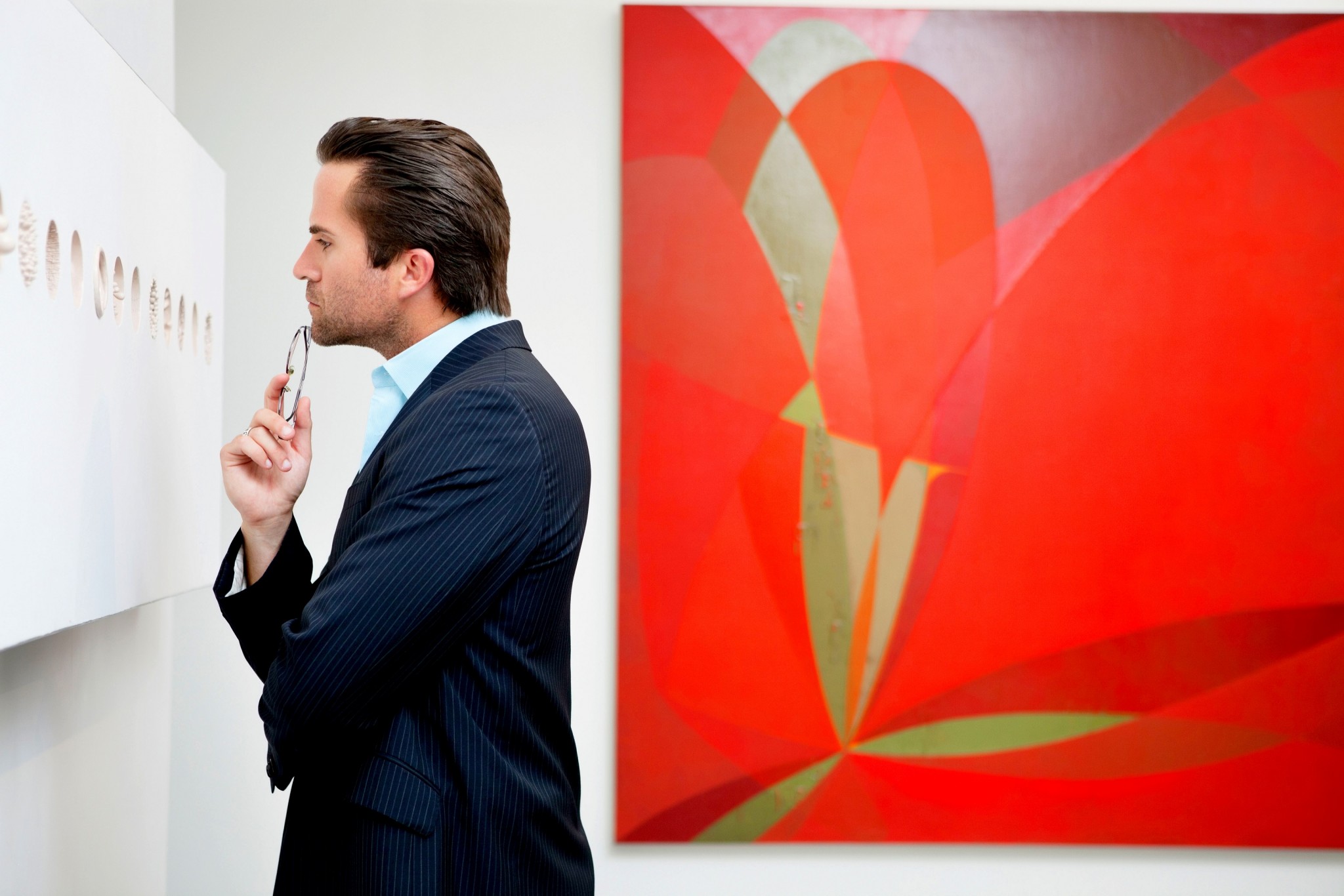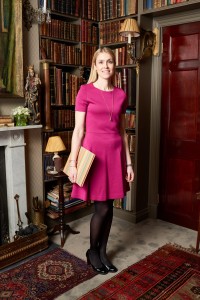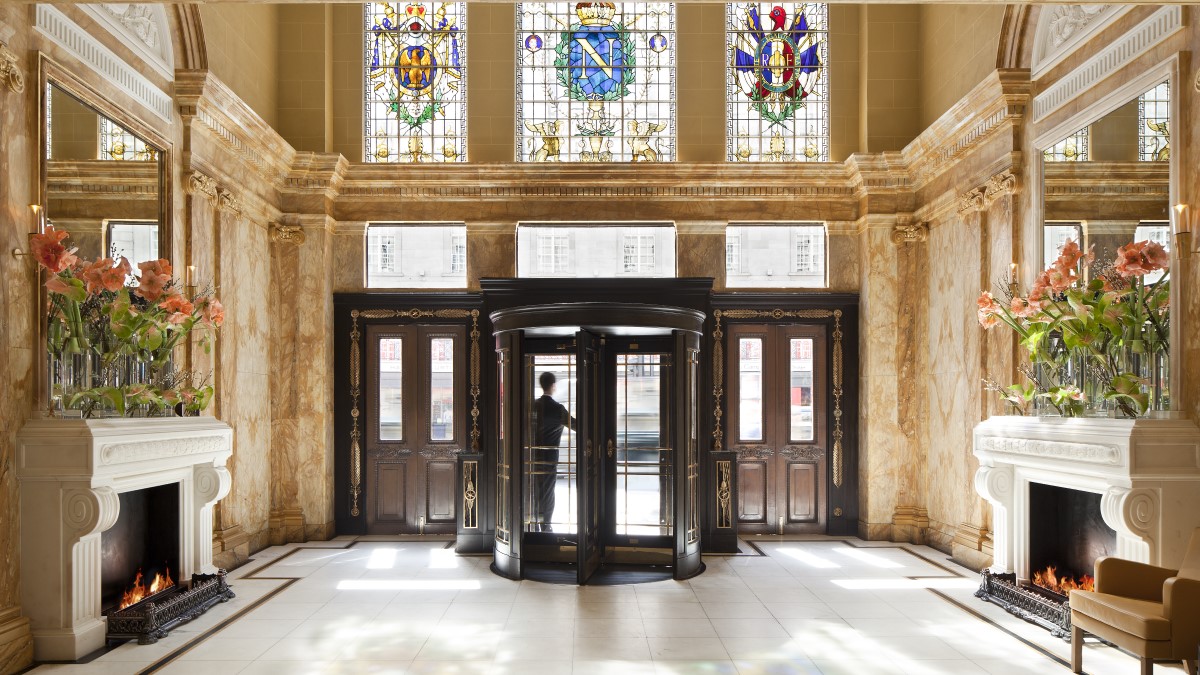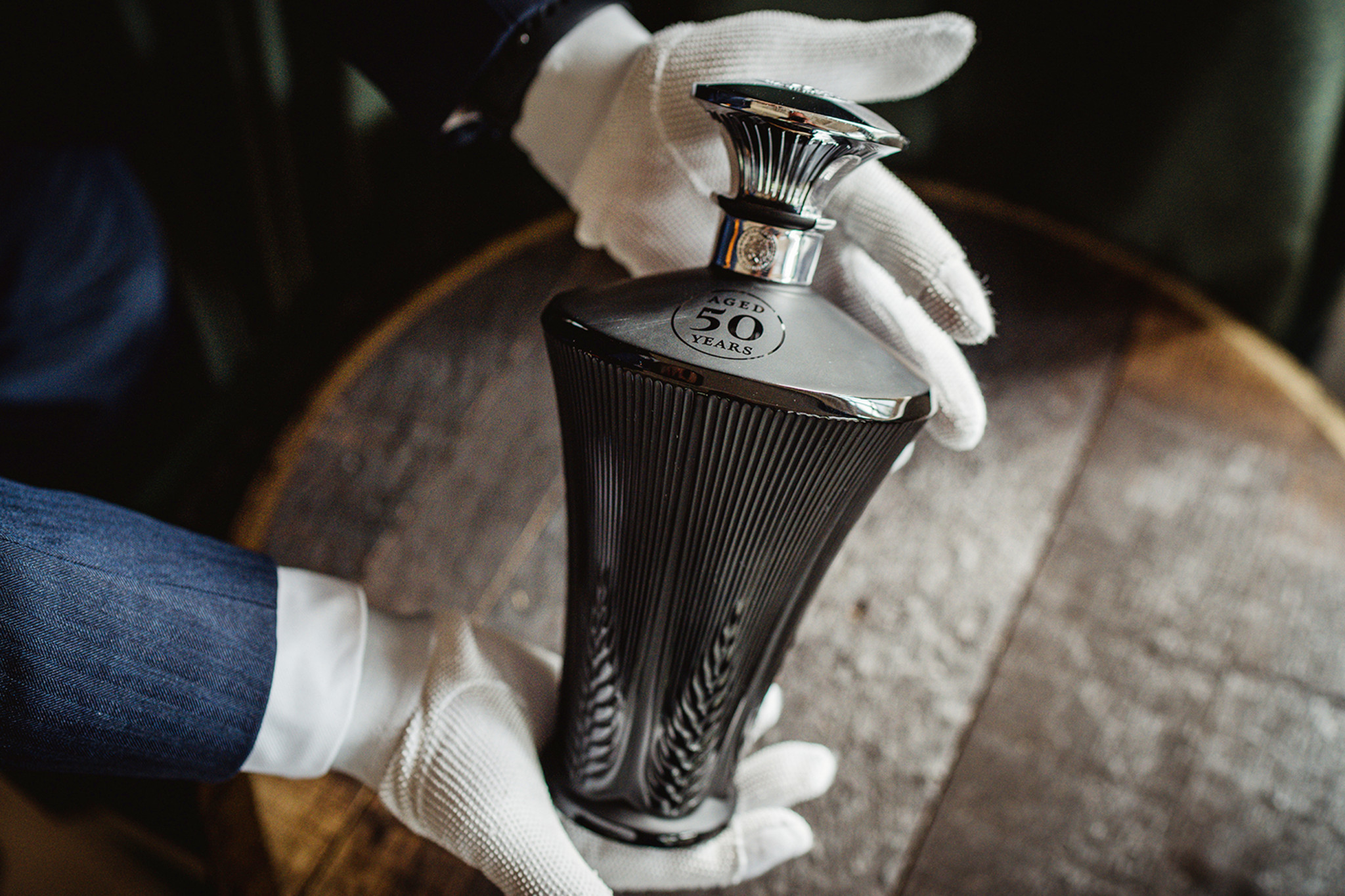
Thinking of investing in art?
Make The Fine Art Group your first port of call for advice to help you through the whole process, from buying to selling
Words Reyhaan Day
In the first throes of the new millennium, Philip Hoffman spent a couple of gruelling years setting up meetings around the world with ultra high net worth individuals, private banks, family offices and corporate companies, with the aim of establishing his first art fund.
By 2004, after many knock-backs (he pitched to some 4,000 individuals and companies) he succeeded – bringing in tens of millions of pounds to invest in high-profile artworks. Since then, the art world has changed dramatically – and Hoffman’s company, The Fine Art Group, has too.
In the years since that first fund, the group has launched a number of other successful funds, as well as now offering advisory and financial services alongside art investment.
“When we started doing this in 2004, art and investment weren’t two words that were commonly strung together,” says Morgan Long, head of art investment at The Fine Art Group.
She is also senior director, and her daily tasks cover each of the three aspects of the business: seeking investment opportunities on behalf of clients to return a profit; providing loans secured against high-quality works of art; and offering expert advice on acquiring and selling art.

Her average day consists of visits to auction houses, meeting clients and keeping up with valuations and finalising deals.
“It starts very early in the morning. You start getting messages from clients in Asia as soon as you wake up.”
Joining in 2002, Long is responsible for overseeing the due diligence on all purchases and sales for the group’s funds and private accounts.
Some collectors buy art for passion; others for financial return; and many collect for both of these reasons. Others are aware of the value represented in the art market and wish to participate, but without needing to hang a picture on their wall.
In each case, Long thinks that The Fine Art Group provides valuable assistance for those wishing to navigate what can be an opaque market.
“We pride ourselves on being transparent and acting on behalf of our clients, making the process of buying art, selling art and collecting art easier – and more fun.
Long’s clients range from individual collectors to corporate companies, and both offer challenges.
“With corporates, you have to find something that exemplifies the brand ethos, that works with the surroundings,” she says.
“You’re often dealing with a lot of people; perhaps three people at the table love a piece, but two hate it.
“With individuals, you really have to hit that core passion. A piece might make a good investment, but if it doesn’t satisfy what they’re looking for or get them excited, it won’t work.”
The company works out of its Hill Street head office. “Our office has expanded over the years, but we’ve always been based around Mayfair, which in our minds is still very much the hub of the London art world,” she says.
The company also operates in New York, Dubai, Geneva and China.
“We have clients all over the world. It’s helpful to keep those relationships intact, to have someone around 24/7 to keep them happy.”
She believes that the globalised nature of the art world means that there are always new markets opening up. “We see the art market continuing in a strong way.
“It’s been great to see new collectors coming in; the Chinese market may have dropped a tiny bit last year, but we’re seeing new buyers from Taiwan and Japan, which is fantastic.”
The future looks promising for The Fine Art Group, with Long stating the company’s bold intentions for the next few years.
“We want to continue to advise our clients on prominent market purchases to be putting away and holding in their collections for the long term; we’d also like to raise another fund, and look at top level, blue chip pieces – particularly 1960s and American artists.
“There are some amazing, undervalued artists that you can find, where there is still some price movement to be found.”
And it is this handling of artworks that Long says is always the most satisfying part of the job.
“Everybody in this industry has a love for the art they’re looking at. That’s what makes the art world tick over.”
For more information about The Fine Art Group, read here.







